Knowledgebase
Latest from Kingshay's Knowledgebase

Changes to inheritance tax (IHT) from April 2026 have brought succession planning to the fore, underlining the importance of open family discussions and retirement planni...
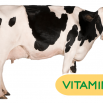
There are several vitamins which are essential for dairy cows. The requirements vary according to the stage of lactation and, because cattle do not synthesise these vitam...
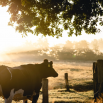
This months checklist covers: Capital Grants Update Animal Health & Welfare Pathway Countryside Stewardship Higher Tier Bluetongue Update Training to...
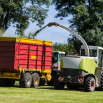
Producing good quality forage is key to the profitability of livestock production systems. Preserving forage for later use is expensive and losses can occur at every stag...
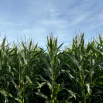
Maize can be a very valuable and productive crop, however, are you creating unnecessary environmental risks at maize harvest or consistently not hitting yield targets? If...

Cubicles are not all the same – some will work for your cows and others will not. Read our independent yard scrapers report which includes results from the members surv...
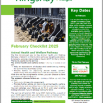
This month’s checklist covers: Animal Health and Welfare Pathway Warnings to be Rigorous About Biosecurity Significant Winter Rain Impacts Sulphur Double Cab / Cr...
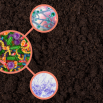
With an estimated 4,000 to 50,000 species of micro-organisms per gram, soils are considered to be one of the most diverse habitats on earth.

It can be all too easy to get dragged down by the negativity surrounding political changes, tight margins and consumer demands, but there are still so many things to be p...

This month’s checklist covers: Red Tractor Dairy Standards Farming Resilience Fund DEFRA User Panel Applications The Big Farmland Bird Count Grants Upd...
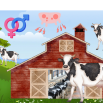
Data shows the proportion of cows being ‘selected’ to leave the herd is increasing, compared to ‘forced’ leavers, highlighting improvements in health and fertilit...
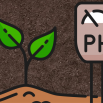
This workbook brings together the technical concepts introduced in the following insight publications: • Boost Your Soil's Power: Understanding Cation Exchange Capacit...
